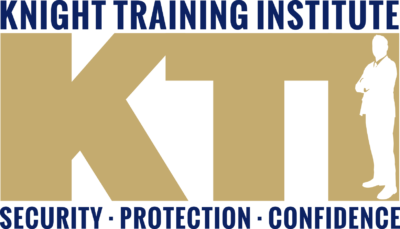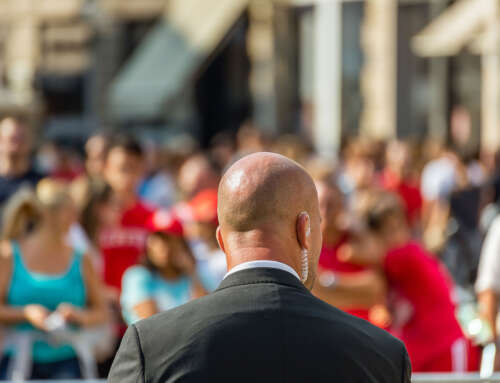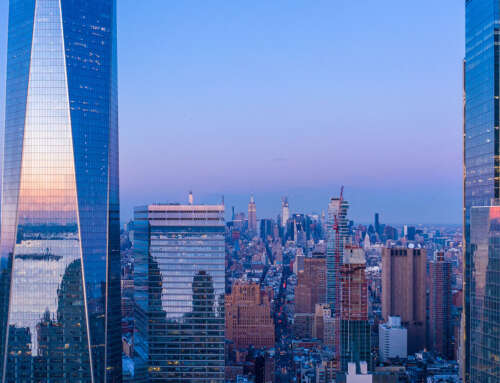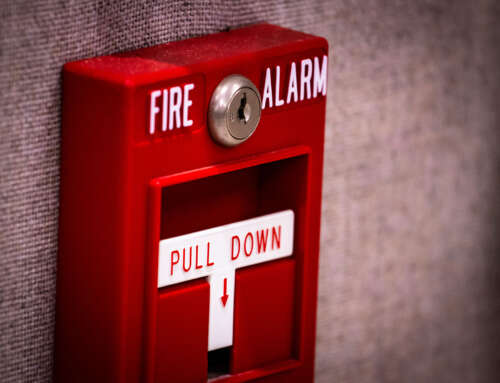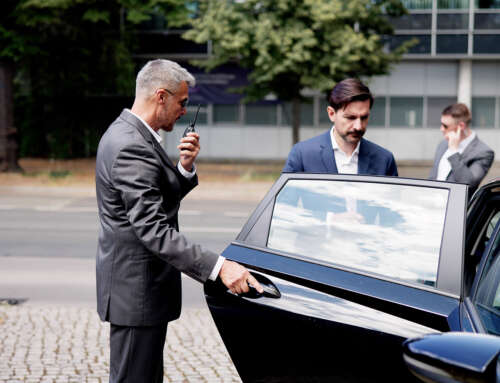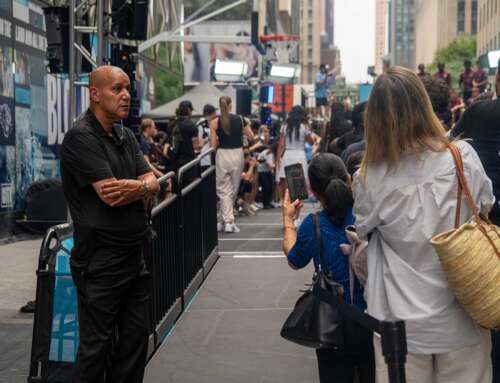A profession in fire and safety is more than just a job; it’s a commitment to securing people, property, and the environment. Imagine entering a tall building and hearing the bustle of people going about their daily lives. Life in motion: emails clashing, coffee makers clicking, soft steps on polished floors. Fantasize that you are in charge of securing everyone’s safety in that area, knowing that you’re the main person responsible for making sure everyone is safe at all times. That is what getting your FSD certification/ FLSD certification is all about.
Why step into the FLSD world?
Many professionals utilize their time in their jobs and are happy to keep them running smoothly. The job of a director isn’t flashy—it’s quietly heroic. In entering this field, you aren’t just ticking off a box—you are opting in to be the one who says: “If anything goes wrong, I’m ready.”
However, you may secretly sense that your work should have a deeper purpose, that you ought to be doing more than others. With the Fire Safety Director (FSD) certification, you step into a unique championship that combines leadership, dedication, and genuine responsibility.
In places like the FDNY’s guidelines, the FLSD (F-89/T-89) role isn’t just another title. It serves as the foundation for overseeing emergency protocols and fire safety in commercial buildings, hotels, and high-rise services. Also, it indicates that you’re the one who has entered the proper training, instrument, and trust to take action when others depend on you.
Career Advantages – it’s more than a certificate
- In-Demand Role: Owners of high-occupancy or technologically complex buildings are required to have a qualified director of this nature. You suddenly become a must-have.
- Stronger Professional Image: With certification on your resume, you signal that you’ve met rigorous standards rather than informal checklists.
Broad Application: From hotels to hospitals, stadiums to office halls, your experience resonates across verticals. - Path to Leadership: Certified professionals frequently move into installation operation, commercial safety places, or consulting – because they understand both systems and people.
- Emotional Reward: In addition to professional achievement, it makes you feel proud to know that your efforts save lives daily.
What you’ll learn – and why it matters
When you enroll in a structured FSD certification / FLSD certification program, you gain far more than a qualification – you gain real-world readiness. Through in-depth training, you explore fire alarm operations, emergency announcements, discipline systems, and life-safety structures. With the Fire & Life Safety Director (FLSD) credential – also known in some circles as the Fire Safety Director (FSD) certification – you step into a rare league: one that blends vigilance, leadership, and genuine responsibility.
Moreover, you also learn to manage non-fire emergencies such as active-shooter incidents, medical emergencies, and evacuation collaboration, covered considerably in the FLSD classes. This trip shapes a visionary mindset- training tenants, guiding safety drills, and refining structure protocols.
In NYC, candidates complete certified coursework followed by written and on-site exams. Ultimately, you don’t just earn a certificate – you become the safeguard who ensures safety systems truly work.
How the Certification Process Works
Earning your FLSD Certification involves both classroom instruction and hands-on assessments. The process includes:
- Classroom Training: Candidates learn about fire behaviour, safety systems, and emergency planning from certified instructors.
- Practical Evaluation: You’ll be tested on real-life response scenarios, ensuring you can handle emergencies with confidence.
- FDNY Examination: Once training is completed, you must pass a written and on-site test administered by the FDNY to become officially certified.
At KTI NYC, our instructors are industry veterans who combine technical knowledge with real-world experience. We understand the stress of emergencies and train our students to stay composed, think clearly, and lead with authority when it matters most.
Choosing the right training – what to look for
Not all programs are created equal – and in a field where lives could be impacted, select with care:
- Ensure the training is recognised by the local authority (e.g., in NYC by the FDNY). Regulations like the accreditation of FSD/FLSD training are non-negotiable.
- Look for real-world instructors – people who’ve walked the floor, handled emergencies, been in the thick of it. One NYC provider emphasises that their instructors are former FDNY officers and firefighters.
- A balanced curriculum: You want both technical depth (systems, coding) and soft skills (leadership, communication, coordination). A great training will bridge both.
- Exam preparation support: The real exam will test your readiness. Good programmes offer sample questions, mock drills, and guidance through the onsite component.
- Flexibility: Given your life and schedule, you’ll appreciate a training provider that offers weekends or evenings – especially if you’re balancing work.
Conclusion:-
If you’re ready to rise to the challenge, breathe in the possibility, and transform your career into something both responsible and deeply rewarding – then the time is now. Explore accredited training, review the prerequisites, and imagine the pride you’ll feel when you hold that certificate with KTI (Knight Training Institute).
